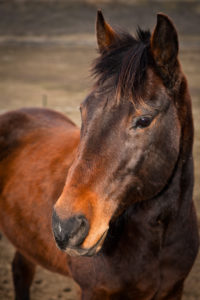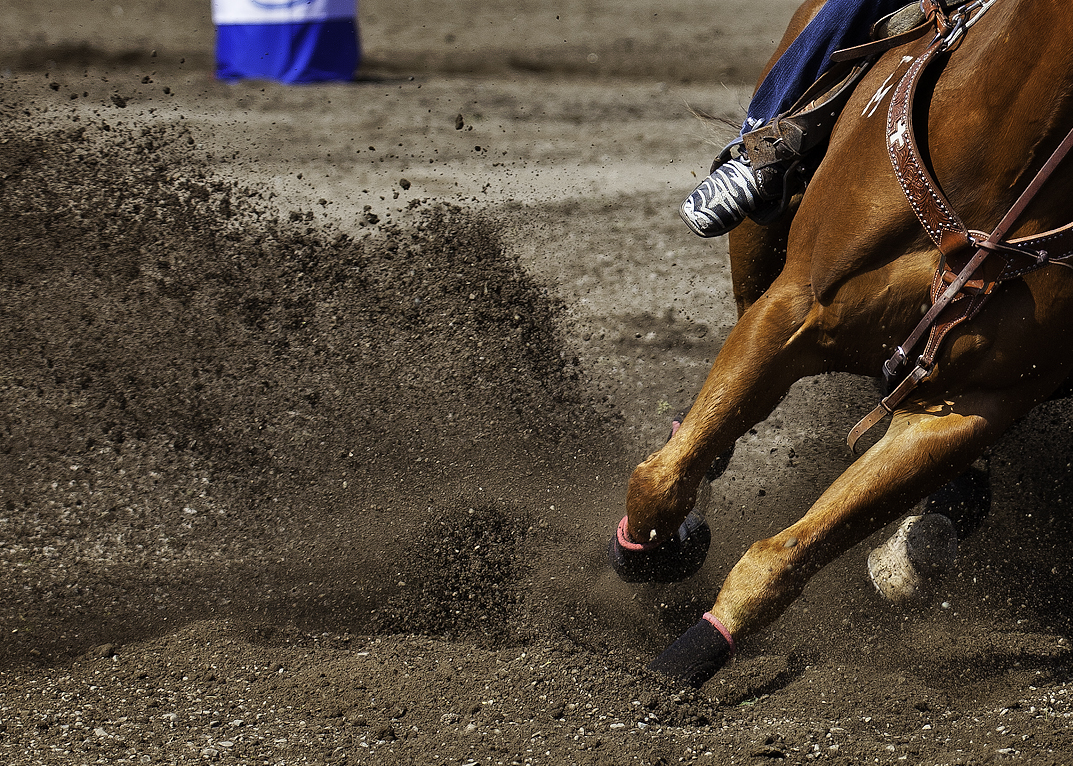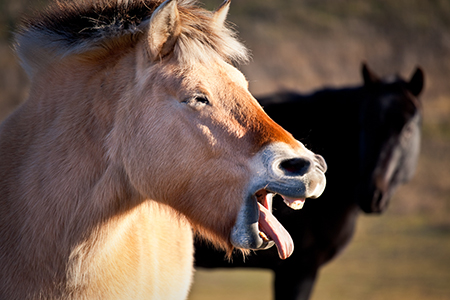
Lately we’ve gotten a few questions about how we are different from other herbal companies out there. While we can’t speak to the methodologies of other companies, or how they create their formulas, we can share our own processes and help walk you through what an herbal formula might look like and why.
As a rule, each of our blends was developed for a specific animal with a specific need, and therefore the herbs they contain are targeted at a specific issue. Rather than throw in every herb that affects the system we are working on, we only use the herbs that target the one result we are after. And, our choice of herbs is based on published clinical research, rather than relying on folklore or tradition.
Our formulas are built in three tiers. The first consists of the chief one or two herbs that are specific to the problem at hand. The next one or two herbs are assisting herbs, which work together with the chief herbs to either increase their effectiveness or to reduce any side effects they might have. The final tier is composed of harmonizing herbs which round out the formula and might be included for taste and palatability, or to address any other issues that are related to the main focus of the formula.
As an example, our Quietude formula was developed for horses that have high anxiety and agitation. These animals typically have type A personalities and have trouble with focus due to overstimulation, excessive fear, and uncontrolled high energy. The chief, top-tier herbs in Quietude are Passion Flower and Eleuthero. In clinical studies, Passion Flower has been shown to be as effective as oxazepam in the treatment of generalized anxiety disorder. As an added bonus, it also has analgesic and anti-inflammatory properties, which we will talk about in a moment.
Eleuthero is an adaptogen (helps the body adapt to stress), and it stimulates the immune system and promotes overall improvements in physical and mental performance. In clinical trials, hormonal stress levels were measured before and after the administration of Eleuthero and it was discovered that it had a normalizing effect on those levels.
Second-tier, assisting herbs in Quietude are Raspberry Leaf, Kava Kava, and Valerian. Rasperry Leaf is a tonic and an anti-spasmodic (reduces spasms). Kava Kava is also a tonic and an anti-spasmodic, as well as an anxiolytic (reduces anxiety). Raspberry Leaf and Kava Kava compliment the Passion Flower and the Eleuthero, increasing their anti-anxiety properties and providing an added layer of benefit with their anti-spasmodic properties (think menstrual cramps). Valerian is another nervine that has been shown in clinical trials to improve insomnia and general anxiety, and is also complimentary to the chief herbs.
The third, harmonizing tier in Quietude addresses a common problem that underlies anxiety: leaky gut syndrome. Many emotional problems in horses are tied to the condition of their digestive system, much the same is it is in humans. Emotional stress causes gut problems, and gut problems cause emotional stress.
The harmonizing herbs in Quietude are Marshmallow Root and Meadowsweet. Marshmallow Root is a demulcent, which forms a soothing film to relieve inflammation and irritation to mucous membranes. Meadowsweet is an antacid, an anti-ulcerogenic (prevents ulcers), and an anti-inflammatory. These two herbs are meant to complete the formula by improving gut condition and preventing ulcers and other digestive distress that will have a negative effect on the animal’s stress levels.
We follow this method of formula development for a couple of reasons. First, having a specific goal for the formula makes it much more effective than it would be if we threw everything at it just to see what sticks. A formula with every herb that supports the nervous system would likely have benefits to anxiety, but it would not be as effective as a formula that is specifically focused on anxiety. Second, herbs have side effects just as pharmeceuticals do, and including too many related but unnecessary herbs in a formula can create unwanted consequences. In our method, identifying and dealing with side effects is a part of the process.
We understand that there is a lot of confusion around the use of herbs in veterinary medicine and it is difficult to know what products do what, what products are effective, and what products are safe for our animals. The confusion is further complicated by FDA rules, which don’t allow herbal companies to make any claims about their products. We can talk about the research on the individual herbs, but we can’t say what we make will treat or cure any condition.
We started out from that same position of confusion, and it’s what led us to seek out the information and the education to try and make sense of the herbal supplement market. We are working to educate and share that knowledge because of the tremendous benefits we see in herbals, and we want to help others make sense of their use.







